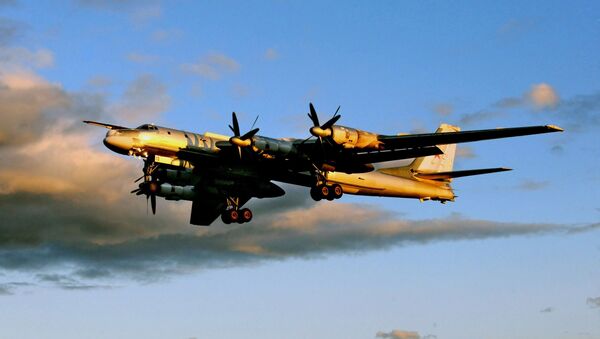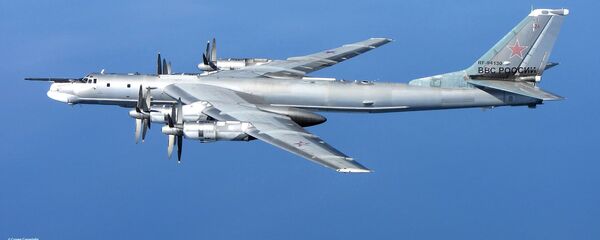The aircraft was named Dubna (after a town outside Moscow). The adjustment of the Tu-95 for the new armament and new military requirements took three months. The second aircraft is currently being upgraded by Aviakor and will be delivered to the Defense Ministry later in 2015. In December, the third bomber will be delivered to the factory for modernization.
The modernized Tu-95 is equipped with advanced radio-radar equipment as well as a target-acquiring/navigation system based on GLONASS. The aircraft can carry up to eight Kh-101 strategic cruise missiles or Kh-102 nuclear-tipped missiles on the wing’s external mountings.
The previous Tu-95 modification was armed with six Kh-55 cruise missiles on a rotary launching mechanism in the bay. The Kh-101 is bigger than the Kh-55, and cannot be carried in the bay of the aircraft.
The Kh-101 has an operation range of up to 5,500 kilometers, with a complex trajectory. It can travel at an altitude of 30 meters above the ground.
The Tupolev Tu-95 (Bear) long-range strategic bomber entered service with the Soviet Air Force in 1956. In 2010, a squadron of Tu-95’s traveled 30,000 km within 43 hours, having been refueled four times in the air. The Tu-95 is also the world’s fastest turboprop-powered aircraft. After the modernization, the Tu-95 is expected to stay in service with the Russian Air Force until 2025.




